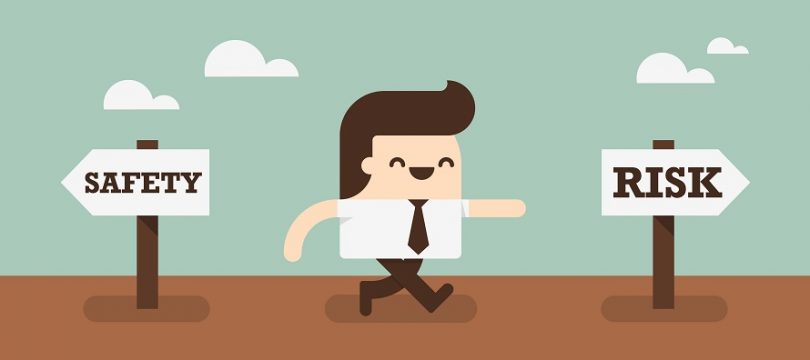
As mentioned in a previous blog, ‘Risk and Opportunity Management – have we got the balance right?‘, I wrote about how risk management is an enormous part of how government organisations mitigate risk on a day to day basis. How it underpins their prudent approach to ensuring that we manage key risks through appropriate controls being put in place to bring the risk down to a tolerable level. This process, documented through the ISO31000:2009 risk management standard, details the process we need to follow to assess strategic, operational and project risks as well as key principles critical to rolling out risk management successfully.
Having previously been a risk manager in the private and public sector, this standard and approach was an important part of my role. Look at a project, organisation, division or business unit and assess the risk. Work with people to identify risk mitigation strategies and ensure ownership is assigned along with a suitable rating. I have also done many of these risk reviews as a consultant coming in to work with staff to document their risk assessments.
The challenge with doing this work is observing how risk adverse people are when assessing and rating risk in their organisation. There appears to be a mindset that we need to eliminate the risk rather than bringing the risk down to what is a tolerable level for their project, organisation or business unit.
The cost of this risk aversion is enormous. Time, energy and dollars put in to controls and risk mitigation strategies that make very little difference to the end outcome. Very similar to the Pareto principle, 80 per cent of their valuable resources is put towards the last 20 per cent of the risk level rather than other endeavours that would add value or deliver outcomes to the organisation.
The culture of risk aversion is alive and well. The next time you are going through a risk assessment with the risk team, really challenge the resources allocated to the risks and the level of risk you are prepared to live with. Allocate this extra effort you have created to achieving better outcomes and delivering value to your customers. It won’t affect the end game and it will free up valuable time and energy.



